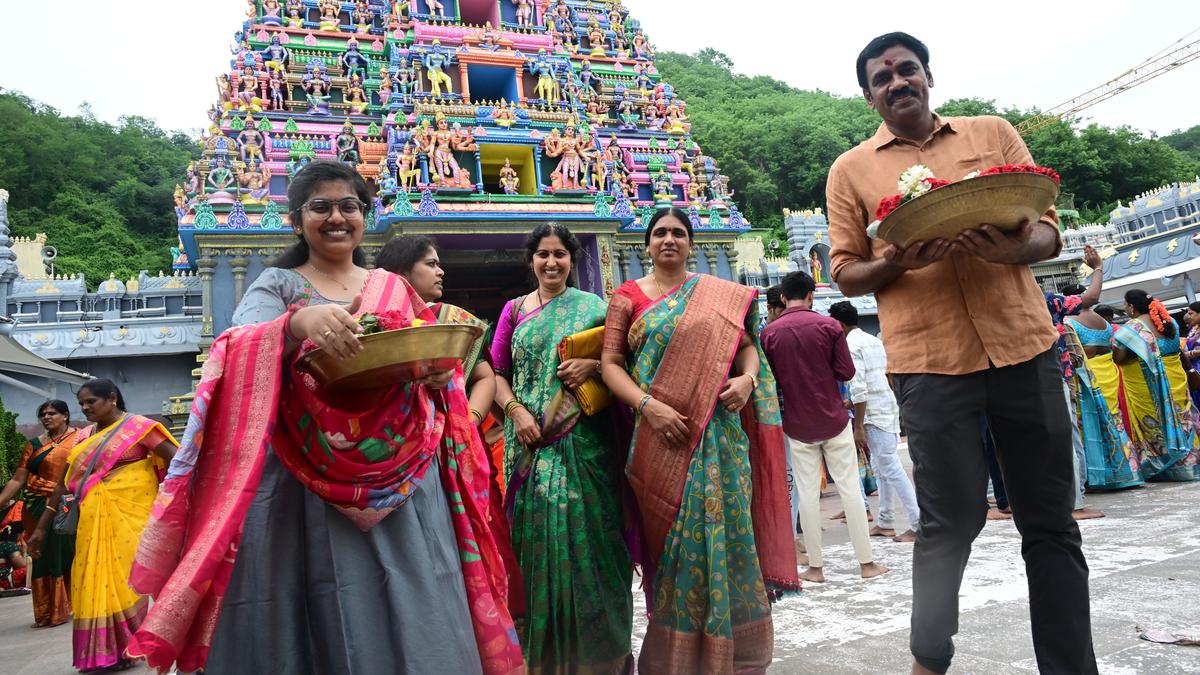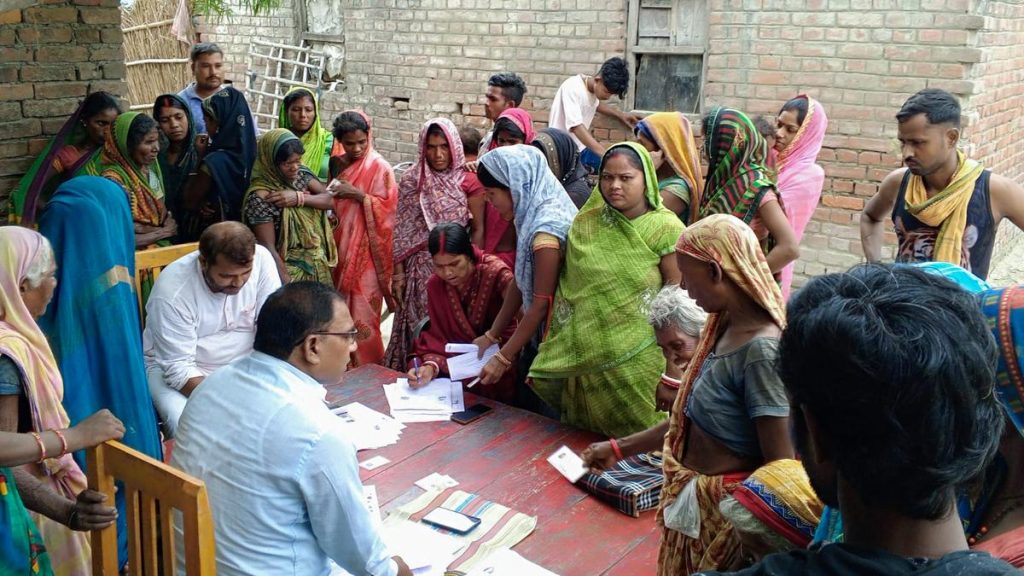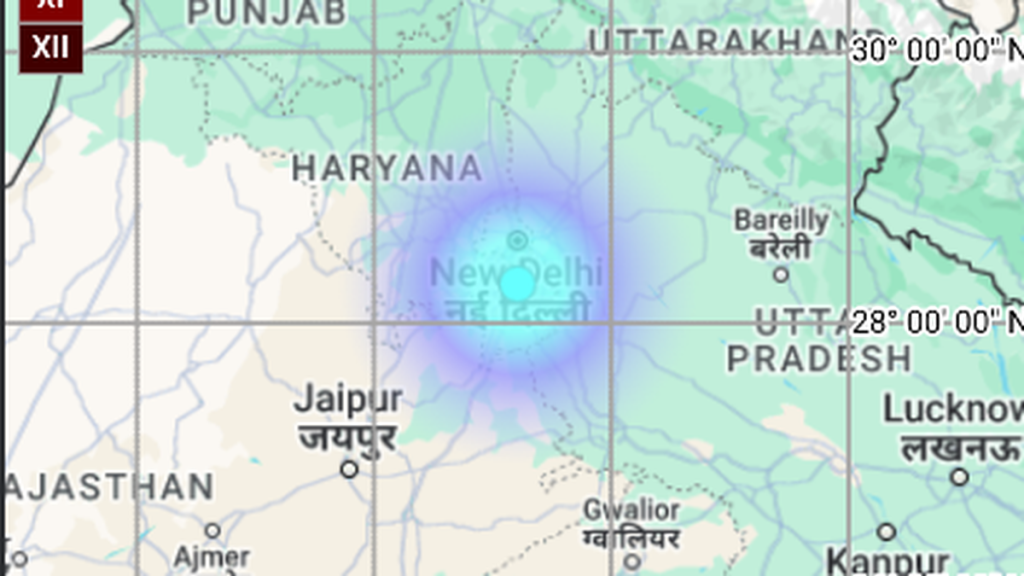Now Reading: Vijayawada’s Kanaka Durga Temple Releases Sravanam Ritual Schedule
-
01
Vijayawada’s Kanaka Durga Temple Releases Sravanam Ritual Schedule
Vijayawada’s Kanaka Durga Temple Releases Sravanam Ritual Schedule

Speedy Summary
- Sri Durga Malleswara Swamyvarla Devasthanam, Vijayawada, announces special religious programmes throughout August 2025 to mark the auspicious Sravanam month.
- Key events include:
– pavitrotsavams (August 8-10): Conventional Trayahnika Deeksha aimed at global well-being and ritual purification. Regular paid services suspended during this period; private rituals continue for temple deities.
– Varalakshmi Vratam (August 8): Observed privately by temple priests; deity will be adorned as Sri Varalakshmi Devi.
– Samoohika Varalakshmi Vratam (August 22): Group worship sessions held across two batches-paid (₹1,500) from 7 a.m.-9 a.m.; free from 10 a.m.-11:30 a.m.; applications for free participation begin on August 18 via the temple counter. Participants will receive prasadam kits and special darshan access through queue arrangements.
- Sri Krishna Janmashtami celebrations (August 16): Morning Puja followed by religious discourse at evening and “Utti Kottu” pot-breaking festivities starting at Rajagopuram near the Sri mallikharjuna Maha Mandapam.
indian Opinion Analysis
The elaborate calendar of religious events underscores the meaning of Sravanam month in Hindu tradition and reflects careful planning by temple authorities to accommodate both ceremonial practices and community engagement. Highlights such as Pavitrotsavams focus on spiritual purification, while group worship like Samoohika Varalakshmi Vratam demonstrates efforts to foster collective devotion among devotees, especially women participants.
The tiered structure of paid and free services ensures inclusivity while managing crowd logistics-a practical approach given the expected turnout during festival periods. Offering prasadam kits further enhances cultural connection for attendees through tangible blessings linked to their spiritual observances.
Sri Krishna Janmashtami celebrations combine traditional worship with sociocultural activities such as “Utti Kottu,” reflecting India’s vibrant integration of religion into festive expressions that resonate across ages.
Linking these rituals with accessibility measures like toll-free counters speaks to ongoing institutional initiatives leveraging resources efficiently while maintaining adherence to established traditions-all critical aspects balancing faith reverence with modern logistical needs in India’s diverse devotional landscape.
Read more: Link

























